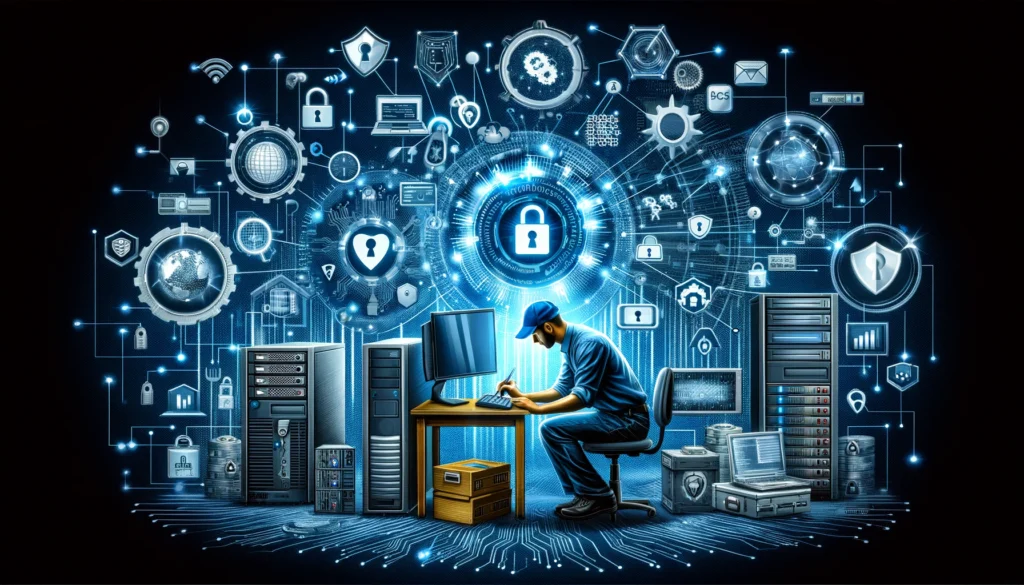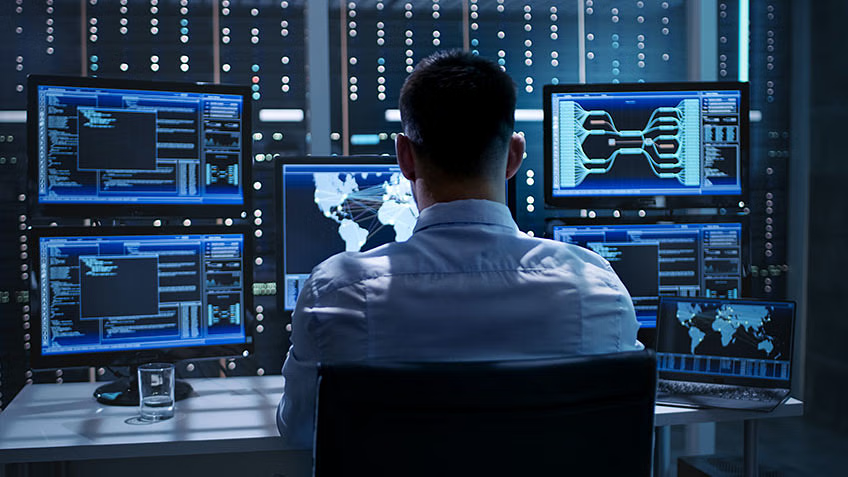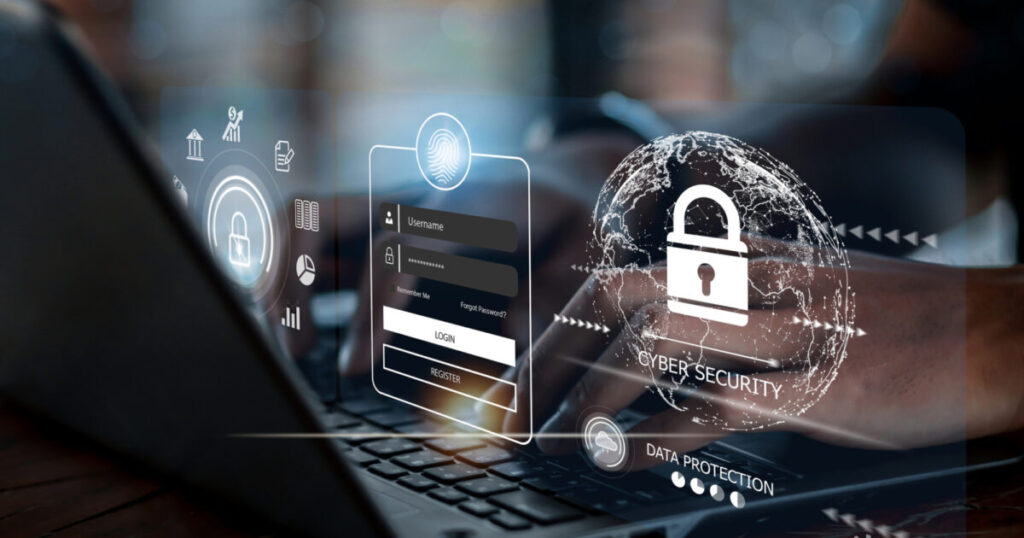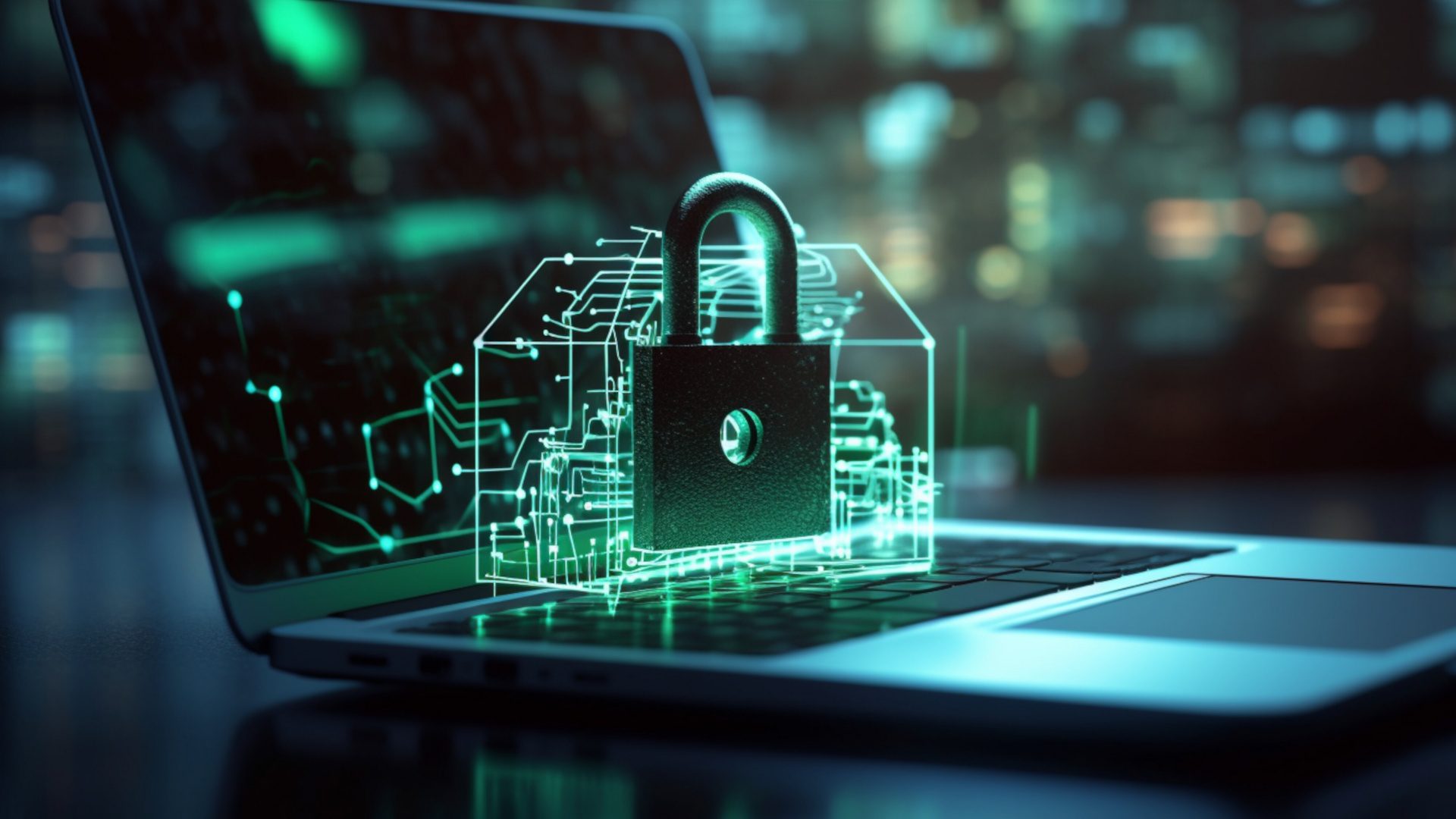Computer security in the Modern Digital World Today’s world is very connected, so computer security has become a problem for the individual and the organization. In this world of advanced technology, therefore, there is an imperative need for it as tactics of cybercrime keep changing to ensure embedding measures of security aimed at computer security protecting sensitive data and giving confidence in digital systems.
What is Computer Security?
Technology makes this possible in many forms. For instance, firewalls, antivirus, and secure passwords. To mention but a few, so that one does not fall victim to phishing attacks and the rest.
Here are many forms and ways these threats will evolve over time, some of which include:
1. Malware: Any of the above viruses, worms, ransomware-whatever falls into this broad category of malicious software that could cripple system operations, steal sensitive information, or hold data hostage and extort a ransom.
2. Phishing: Phishing comes under one of the most common types of attacks that take the disguise of a trusted entity and fishes from someone for getting his/her password or credit card number. Most of the phishing attacks commonly come with fraudulent emails or websites.
3. Denial of Service Attacks: It refers to a method whereby the availability of a computer or network to its intended and legal users is made impossible through flooding it with traffic. Thus, it denies service to the intended users and the impact of this would include loss attributed to services denied or rendered leading to financial loss for businesses satellites.
4. Data Breach: It can turn out to be dangerous if it strikes the sensitive data in cases of unauthorized usage. Data breaches can expose people to loss in the form of identity thefts or financial frauds and also the loss of customer trust.
Computer Security Best Practices
These are best practices that any individual or organization should adopt to fight risks and defend against cyber-attacks:
1. A strong password: Mix letters, numerals, and characters. Change it periodically with some such alteration that you don’t have the same password for several accounts on the same application.
2. Update software: Close the weaknesses to cybercrooks in your operating system and applications as well as security software. Most of the time, the vendors produce more updates that improve security features.
3. Firewalls and antivirus: It is assumed that firewalls are put between the internal networks and external not trusted networks. There exists very efficient antivirus-that would discover and clean out the malware. Firewalls and antivirus must be used while developing the integrated security solution.
4. Educate People: The first thing is to educate your family or your workforce regarding average threats, phishing, and social engineering attacks. Such education might help reduce successful attacks.
5. Systemic Data Back-up: It should have data backups in a systematic manner since as long as it is the type of information key fetched in the case of a cyber-attack it will ensure that it is safe and sound. It should be saved on a safe system and tested sometimes to be sure of its integrity.

Role of Regulation and Compliance
Therefore, the governments as well as the regulatory bodies realized that computer security indeed goes hand in hand with law and regulation, hence frames are framed in such a way so that it protects the data of an individual as well as of an organization. Equitant regulations in Europe are GDPR, and for the United States, it is HIPAA followed in order to secure the data and penalize those organizations which do not follow such regulations.

Future of Computer Security
Advanced action in matters places them at unprecedented speed of cybercrime tactics. This encompasses new emerging technologies, such as artificial and machine learning, where security experts use them as attackers. In this regard, computer security shall be relatively dynamic and require constant innovation and adaptability in the future.
This means that an organization should always invest in the safest available technology. The system of an organization must be audited several times to detect flaws in security, and employees must be informed about culture safety awareness.

Conclusion
An ever-higher number of increased more digital medium for technology has made computer security to become enormously a significant part of this world wherein threats change rapidly, and proactive measures for the protection of sensitive information can ensure a measure of trust in a digital system. All these will benefit the people and organizations in relation to protection of the future, being digital in bringing the best practice in putting together a security culture, studying cyber security complexities, etc.
